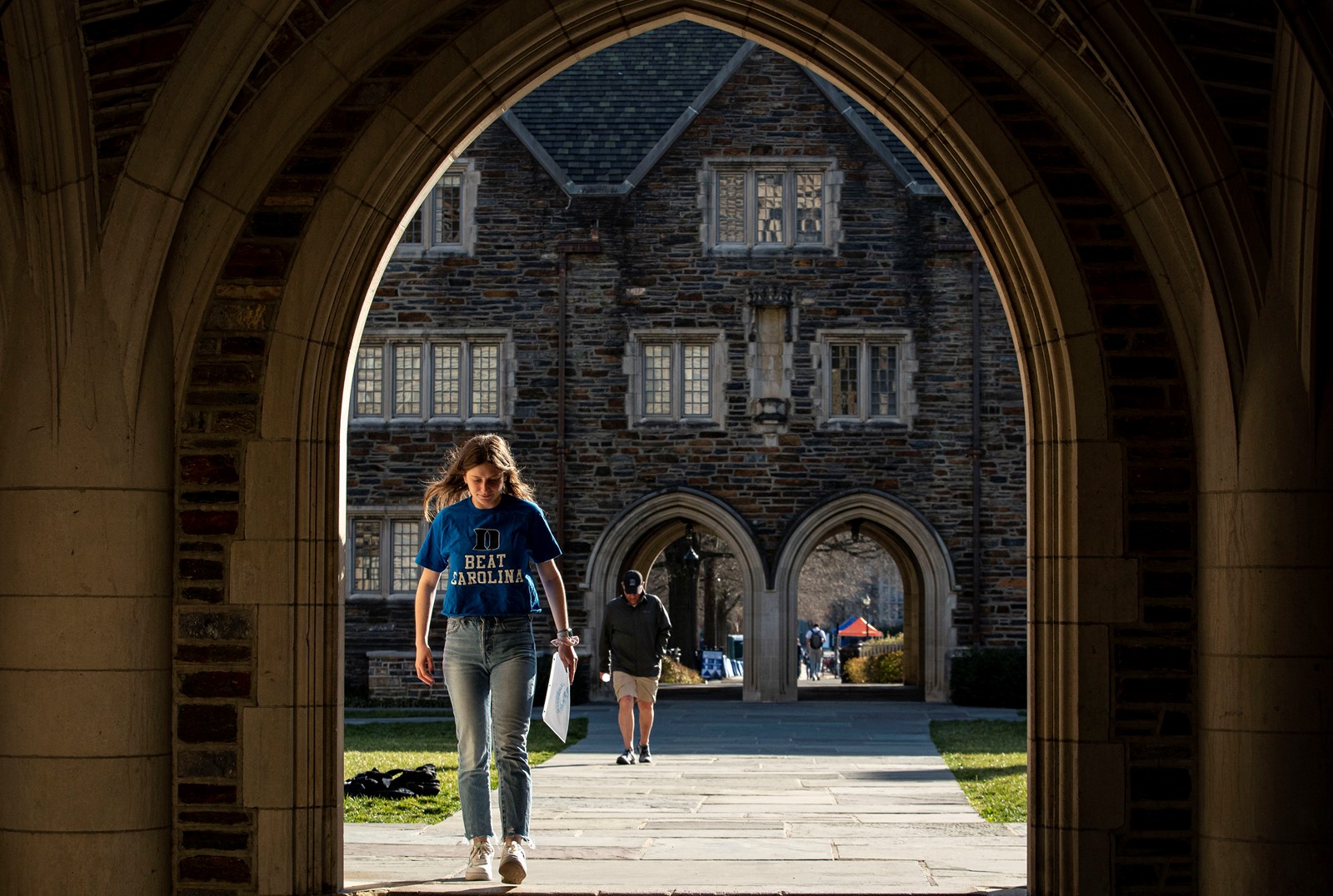
Public universities in the Midwest are raising prices for out-of-state students, as Florida schools consider making the same move for the first time since 2012.
Cornell and Duke are among the colleges weighing layoffs. The University of Minnesota is cutting hundreds of jobs, even as undergraduate tuition soars as much as 7.5%
Just as America’s colleges are preparing to welcome what could be the largest freshman class in the nation’s history, political and economic forces are unleashing havoc on higher education budgets. Schools are grappling with meager upticks in state support and topsy-turvy economic forecasts, and Republicans in Washington are pursuing federal budget cuts and threatening tax hikes.
Students and employees from coast to coast are poised to feel the squeeze. Although the exact consequences will vary by school, administrators are warning that many students may have to pay more, professors may lose their jobs, programs could vanish and support services could shrink.
The turmoil is not limited to any one type of university or college, or any one state. A day before Michigan State University trustees opted for tuition increases, a California State University campus minutes from the Pacific Ocean announced that it was trimming its workforce.
“If you’re a student or family looking to go to college this year, all of the numbers are going in the wrong direction,” said Ted Mitchell, president of the American Council on Education, who described the mood among higher education leaders as “dark but resolved.”
The Donald Trump administration’s efforts to reduce research funding are siphoning cash from many campuses, sometimes by hundreds of millions of dollars.
But that is just one factor contributing to higher education’s financial crunch. Colleges, like businesses and households, are facing greater costs for wages, supplies, utilities and other expenses.
Their income sources are not always keeping pace. In Nebraska, the state government’s contribution to the university system will rise roughly 0.6%, far below the 3.5% increase that the Board of Regents had sought to account for inflation. But regents saw the increase as a modest victory.
Gov. Jim Pillen, a Republican who wanted the state to have “the courage to say no, and to focus on needs, not wants,” had originally urged a 2% reduction.
“We will need to continue to reduce spending and make increasingly difficult choices to ensure fiscal discipline,” Jeffrey P. Gold, the University of Nebraska’s president, told regents before a vote Thursday to impose cuts and increase tuition. Students who enroll at the flagship campus in Lincoln are poised to pay about 5% more.
In neighboring Kansas, only one of the state’s six public universities did not propose a tuition increase for the coming school year. And University of Oklahoma leaders just raised tuition again, too.
The White House rejected accusations from some college administrators that the federal government is partly to blame for tuition increases and other budget moves.
“Any school that scapegoats the administration’s policies of cutting waste, fraud and abuse to justify raising already astronomical tuition costs is failing American students in an effort to score political points and fatten its coffers,” Harrison Fields, a White House spokesperson, said in a statement.
He added: “If these higher education institutions were serious about lowering costs, they would cut the bloated salaries of their faculty and stop wasting money on useless programs that do little to advance education.”
Some schools are more reliant than others on federal money, especially research institutions, and leaders on many of those campuses have cited the administration’s tactics as they have reworked their budgets. But public institutions are also sometimes facing significant resistance in statehouses, and recent rises in inflation have put new demands on campus finances.


 PREVIOUS ARTICLE
PREVIOUS ARTICLE
